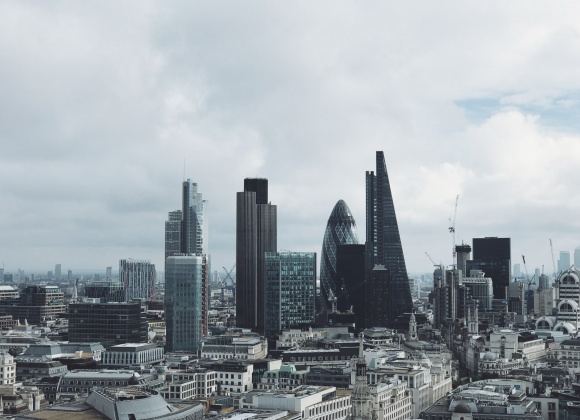How London Is Paving The Way For Energy Efficiency
London was voted as the world’s most sustainable city in the Arcadis Sustainability Cities Index back in 2018. The government is committed to making the UK’s capital one of the healthiest and greenest cities in the world and has set an ambitious target to become zero carbon by 2050.
You might be wondering how a city with more than nine million residents and over 30 million visitors a year has managed to become so sustainable. To answer that question, here are some of the green measures and schemes that have been introduced to improve energy efficiency and reduce carbon emissions in the capital.
Transport Strategy
The Mayor of London, Sadiq Khan, has introduced a Transport Strategy to change the way that people travel in the capital. By 2041, the Mayor wants 80% of all journeys to be made by walking, cycling, or public transport. This will significantly reduce vehicle emissions and improve air quality in the capital.
As part of the scheme, the Mayor has created new streets and routes that encourage residents to choose green transport methods. For instance, new cycling lanes have been added all across the city and additional vehicle-free areas have been created to reduce traffic congestion.
Programmes like Healthy Routes, Legible London, and Liveable Neighbourhoods have been introduced to provide safe and attractive walking environments for pedestrians. This has made it easier for people to plan journeys on foot rather than driving.
London’s congestion charge
London’s congestion charge was introduced across the city in 2003 to encourage alternative cleaner forms of transport and to discourage excessive use of polluting fossil-fuel-based vehicles. The levy applies to vehicles driving in central London on weekdays from 7am.
According to the Green City Times: “London’s congestion charge has resulted in 70,000 fewer vehicles in Central London, more than a 6% increase in bus journeys, and over 5% more travel by cycling, as well as an increase in the number of people walking.”
Energy Efficiency Fund
London’s Energy Efficiency Fund – also known as the Energy Efficiency UDF – was given £60 million from the London Green Fund. The scheme was introduced in April 2011 to make London’s building more sustainable and reducing emissions in the property sector.
The scheme is managed by the Amber Infrastructure Group, a specialist infrastructure investor. Currently, the Energy Efficiency Fund has been used to improve the energy efficiency of more than 70 buildings in the capital including the Tate Modern art gallery and St George’s Hospital.
Greener Social Housing
The Greener Social Housing scheme was allocated £12 million from the London Green Fund back in 2013. This funding has been used to make over 2,5000 London properties more sustainable.
Our London EPC assessors can improve the energy efficiency of properties in the capital by conducting a detailed energy assessment. Funding from the Greener Social Housing scheme can then be used to fund energy-saving improvements that will boost the energy performance of London’s buildings. This may involve installing extra insulation or upgrading appliances.
Money from the Greener Social Housing Scheme has also been used to build new, energy-efficient properties designed to meet increasing housing demands in the capital. New housing estates meet the highest environmental standards and make London cleaner, healthier, and more affordable.
Waste management policy
Waste is another key area that the Mayor is focusing on in his bid to achieve net-zero city status by 2050. The Mayor aims to have no biodegradable or recyclable waste sent to landfill by 2026, and for at least 65% of the capital’s municipal waste to be recycled by 2030.
The goal of London’s green waste policy is to reduce waste, reuse and recycle, and then convert anything left into low carbon energy. This approach will allow more waste to be managed locally which will lower disposal costs, create more eco-friendly jobs in the city, and lower greenhouse gas emissions.
Several schemes have been introduced to improve waste management in the capital. This includes ReLondon, a program designed to make local recycling collection services more accessible and cost-effective. Foodsave has also been introduced to help London’s food businesses prevent food waste and save money by putting waste to good use.
Conclusion
London hopes to reduce carbon emissions by 68% by 2030 based on 1990 levels. Looking at long-term climate goals, London is striving to become a zero-carbon city by 2050. This is an ambitious target, but the current data suggests that the UK’s capital is on track to achieve its environmental goals.
The UK government has introduced several schemes designed to make London greener and healthier for its residents and visitors. Fantastic progress has been made so far and the UK’s capital is considered one of the more sustainable cities in the world.



